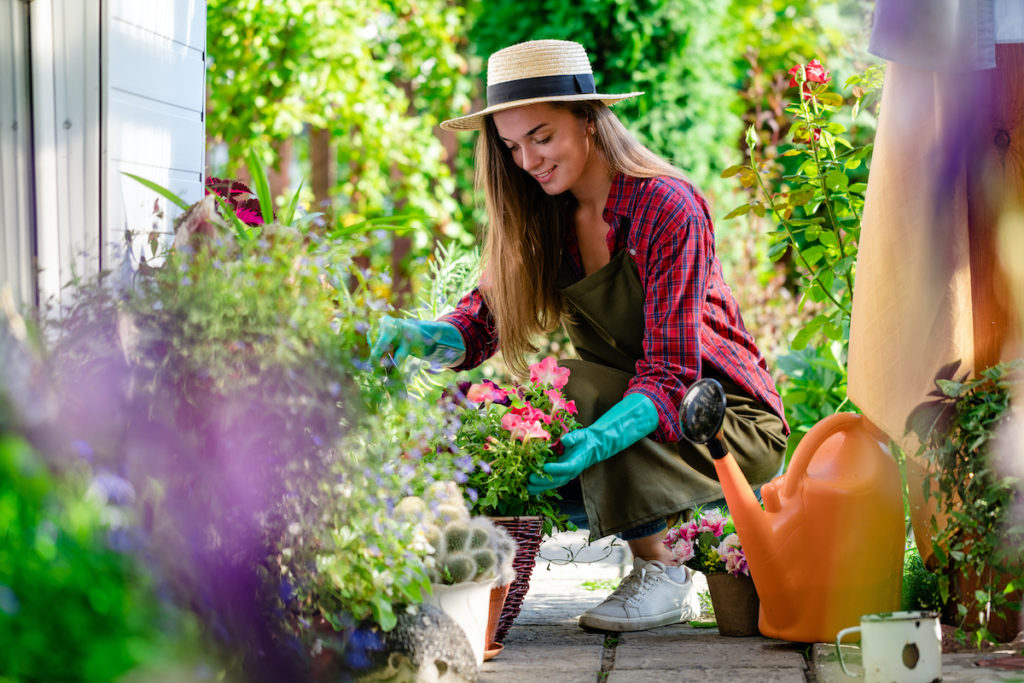When you have arthritis, gardening puts you in a catch-22. While the activity is a great exercise for the joints, it can also increase the risk of inflammation if you’re not careful.
If you like to garden but want to stay away from pain as much as possible, consider these steps:
1. Use the Tools Available
Gardening has come a long way since the Egyptians started to till the soil around 4,000 years ago. These days, you can already use dozens of tools to make life easier and, most of all, relieve pressure from the joints.
Take, for example, getting rid of weeds and leaves. You can use manual devices, like rakes, but grasping the stick for a long time can hurt the hands later. They can also leave the arms and shoulders sore.
To avoid these problems, you can use a lawnmower. If you usually deal with lots of leaves in the yard, get a leaf vacuum mower. It can suck leaves and store them in a basket for easy disposal.
2. Choose Your Pots Well
Heavy and large pots can allow you to do companion planting, but they might not be healthy in the long run. Lifting them can hurt and strain the back along with the arms and hands. The extra force you exert can also affect the legs.
Lower the pressure in these body parts by choosing your pots properly. Avoid clay (which can dry poorly during the summer) or ceramic. An alternative is resin, which is lightweight but strong enough to withstand forceful winds.
Note: If you have no other option than to use lightweight pots, perhaps you can contract a builder to build you a greenhouse or even a conservatory attached to your home. Moving around the plants will be less cumbersome.

3. Schedule Your Gardening
Since not all plants need tending all the time, you can schedule your gardening activities perhaps thrice a week. If you need to go out, determine when your arthritis often occurs. Usually, it is the worse in the morning as inflammatory fluids build up and collect around the joints.
If the pain disappears fast, perhaps you can go out around 9:00 to 10:00 a.m. for sun exposure. Sunlight can activate vitamin D. It can help decrease inflammation by regulating your immune system and increasing the absorption of calcium in the bones.
You can also break down larger jobs into chunks and then spread them over a week or month. Lastly, to spare yourself from watering all the time, explore hydroponics or invest in a water sprinkler.
4. Don’t Be Afraid to Get Help
Do you have gardening projects that are too complicated you feel you can’t do them at all? That’s what specialists are here for. Getting help will spare you from additional pain, beautify the garden, and even make the space more arthritis-friendly.
Who are the people you can call?
- Get an arborist when your tree needs trimming or pruning, you love topiary, or you want to make sure your trees thrive.
- Hire a landscaper if you prefer a well-manicured lawn and even design the space for less restrictive movements.
- Call a gardener at least once a week to give you more time to rest.
Although gardening helps exercise the joints, it’s always best to value safety and health more. Work with your doctor all the time and take your medications. The more you can control the inflammation, the more you can enjoy the activity.

